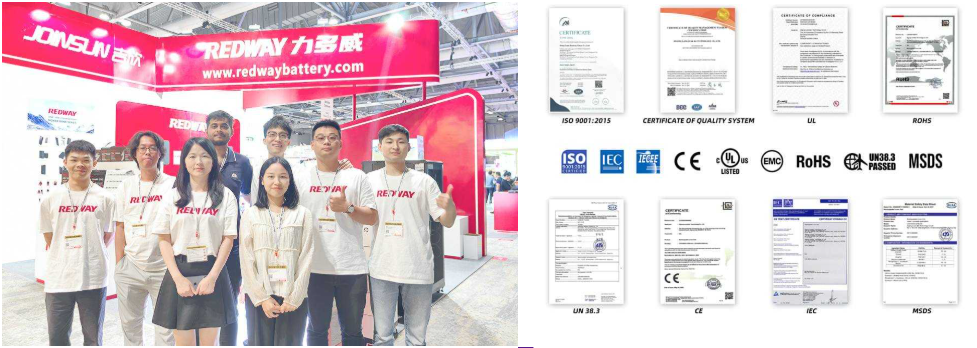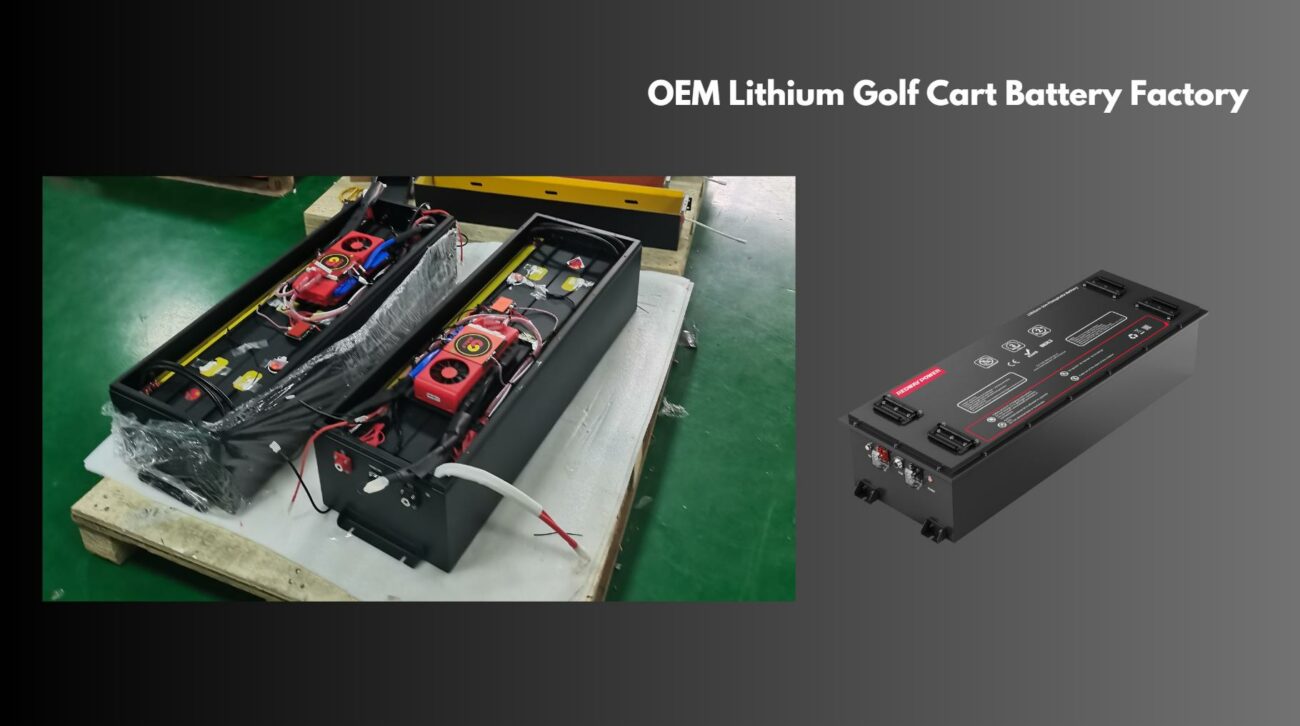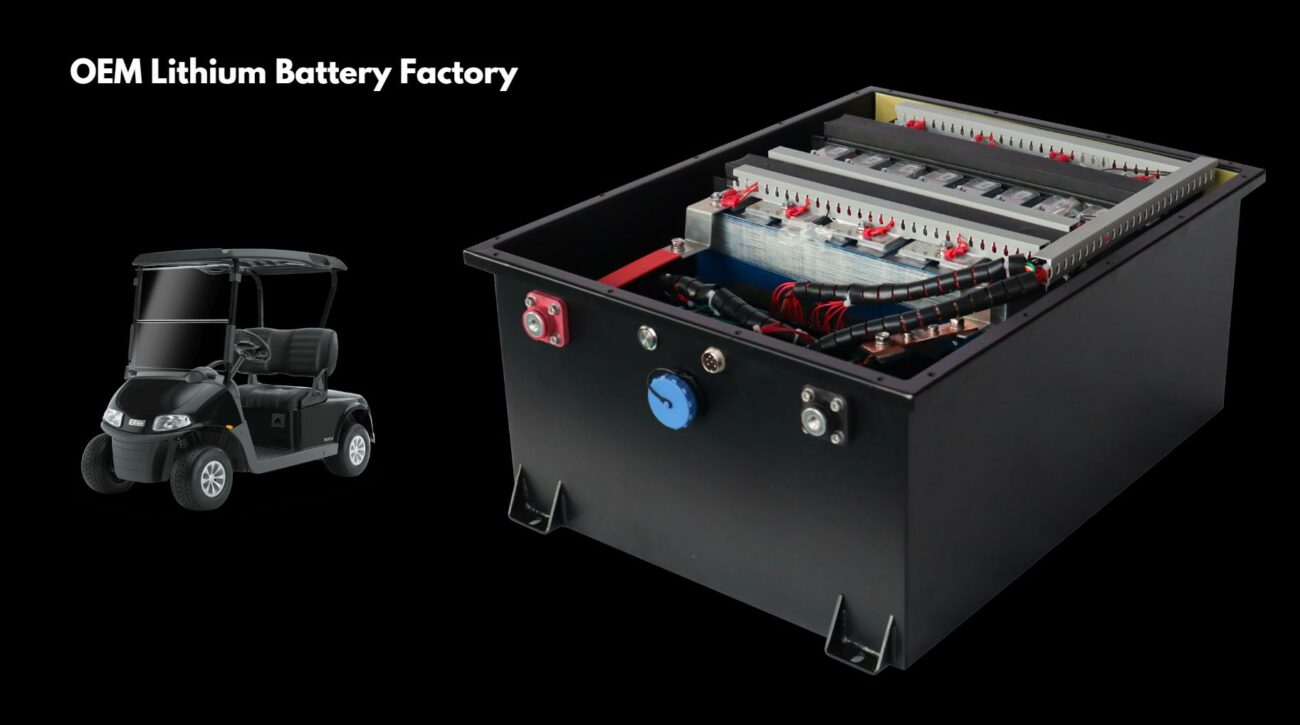What environmental considerations are integrated into LiFePO4 battery production? Sustainable factories use low-emission processes, recyclable materials, and energy-efficient production to reduce the environmental impact of LiFePO4 batteries while maintaining performance. What initiatives ensure minimal harm to the environment? Methods are in place to help ensure safety. Why are these factors crucial? To minimize the ecological footprint and promote responsible energy solutions.
What Raw Materials are Used in LiFePO4 Batteries and How Does Their Sourcing Impact the Environment?
LiFePO4 batteries primarily use lithium, iron, and phosphate. How does the extraction of these materials impact the environment? Lithium mining can lead to water depletion and soil degradation. What steps are being taken to mitigate these impacts? Efforts include improving extraction techniques and sourcing materials responsibly.
What are the Primary Environmental Concerns Associated with Lithium Extraction for LiFePO4 Batteries?
Lithium extraction poses significant environmental challenges. What are the main concerns? These include water depletion in arid regions, soil degradation, and habitat destruction. How do different extraction methods contribute to these concerns? Both salt flat brine extraction and hard rock mining have unique environmental impacts.
How Do Manufacturing Processes Contribute to the Environmental Footprint of LiFePO4 Batteries?
Manufacturing processes contribute significantly to the environmental footprint. What are the main sources of impact? Energy-intensive manufacturing processes, transportation of raw materials, and the generation of hazardous waste are key contributors. How can these impacts be reduced? Implementing cleaner production technologies and reducing waste can mitigate these effects.
Also read:
LiFePO4 Batteries: How Shipping Rules Shape Manufacturing?
LiFePO4: How Green Is Production?
LiFePO4 Quality: How’s It Checked?
How Does Battery Design Affect Performance & Lifespan?
Why is Responsible Recycling and Disposal Crucial for Mitigating the Environmental Impact of LiFePO4 Batteries?
Responsible recycling and disposal are essential for minimizing environmental harm. Why is proper handling so important? Improper disposal can lead to soil and water contamination from heavy metals and toxic chemicals. How does recycling help? Recycling recovers valuable materials and reduces the need for new resource extraction.
What Measures are Taken to Protect Worker Health and Safety in LiFePO4 Battery Manufacturing Facilities?
Protecting worker health and safety is a priority in LiFePO4 battery manufacturing. What hazards do workers face? Workers may be exposed to harmful chemicals, solvents, and heavy metals. What measures are in place to protect them? Implementing strict occupational health and safety standards, providing adequate training, and using protective equipment are critical.
In What Ways Can LiFePO4 Batteries Be Considered Environmentally Preferable Compared to Other Battery Technologies?
LiFePO4 batteries offer several environmental advantages over other technologies. What makes them greener? They use less harmful materials compared to lead-acid batteries. Why is this significant? This results in a less damaging ecological footprint from a materials and production perspective.
What Research and Development Efforts are Focused on Sustainable Alternatives for LiFePO4 Battery Components?
Research and development are key to developing sustainable alternatives. What areas are being explored? These include alternative materials that are less harmful and extraction methods with lower environmental footprints. What is the goal of this research? To make battery production more sustainable.
How Does the Use of Renewable Energy Sources in Manufacturing Impact the Carbon Footprint of LiFePO4 Batteries?
Using renewable energy sources in manufacturing can significantly reduce the carbon footprint of LiFePO4 batteries. How does this help? Electricity consumption is a major contributor to emissions. What are some renewable options? Promoting the application of renewable energy and nuclear power generation systems reduces emissions in this hot spot.
How Do Life Cycle Assessments (LCA) Quantify and Inform Environmental Improvements in LiFePO4 Batteries?
Life Cycle Assessments (LCA) are crucial for quantifying and guiding environmental improvements. How do LCAs help? They evaluate the environmental impacts of batteries from raw material extraction to disposal. What are the benefits of using LCAs? They identify hotspots and inform strategies for reducing the overall environmental footprint.
What Environmental Regulations and Industry Standards Govern LiFePO4 Battery Production and Recycling?
Environmental regulations and industry standards play a vital role. How do these regulations help? These regulations and standards ensure that manufacturers adhere to best practices for environmental protection and worker safety. What specific areas do they cover? They address various aspects of the industry.
What Innovations are Being Implemented to Enhance Energy Efficiency and Reduce Waste in LiFePO4 Battery Manufacturing?
Several innovations are being implemented to enhance energy efficiency and reduce waste. What are some examples of these innovations? These include dry electrode coating, waste heat recovery systems, and closed-loop recycling processes. What are the benefits of these changes? This leads to sustainability.
How can consumers contribute to improving the environmental impact of LiFePO4 batteries?
Consumers have a significant role in reducing the environmental impact. How can they contribute? By properly disposing of batteries, supporting recycling programs, and choosing manufacturers committed to sustainable practices. What impact can these actions have? It lessens the environmental impact.
What Environmental Considerations are Integrated into LiFePO4 Battery Production?
What Environmental Considerations are Integrated into LiFePO4 Battery Production? Sustainable factories use low-emission processes, recyclable materials, and energy-efficient production to reduce the environmental impact of LiFePO4 batteries while maintaining performance. All integrated factors provide results.
| Aspect of Production | Environmental Consideration |
|---|---|
| Material Sourcing | Prioritizing less harmful materials and responsible extraction methods. |
| Manufacturing Processes | Implementing cleaner production technologies and minimizing waste generation. |
| Energy Use | Utilizing renewable energy sources to reduce the carbon footprint of manufacturing. |
| Recycling and Disposal | Promoting responsible recycling programs and proper disposal methods to prevent pollution. |
| Worker Health and Safety | Ensuring strict occupational health and safety standards to protect workers from exposure to harmful substances. |
| Life Cycle Assessment (LCA) | Conducting LCAs to identify environmental hotspots and guide improvement efforts throughout the battery’s life cycle. |
Expert Views
“The future of LiFePO4 batteries hinges on our ability to minimize their environmental footprint throughout the entire production chain,” says a leading environmental sustainability expert from Redway. “This requires a holistic approach, encompassing responsible sourcing, cleaner manufacturing processes, robust recycling programs, and a steadfast commitment to worker health and safety. By embracing innovation and adhering to the highest sustainability standards, we can unlock the full potential of LiFePO4 batteries as a truly green energy solution.”
Conclusion
What Environmental Considerations are Integrated into LiFePO4 Battery Production? In conclusion, integrating environmental considerations into LiFePO4 battery production is essential for minimizing the industry’s ecological footprint. By focusing on sustainable materials, cleaner manufacturing processes, responsible recycling, and worker health and safety, manufacturers can produce high-performance batteries that contribute to a more sustainable future.
FAQ
- Are LiFePO4 batteries truly environmentally friendly? LiFePO4 batteries are considered more environmentally friendly than some alternatives due to their use of less harmful materials.
- What are the main environmental concerns associated with lithium extraction? Concerns include water depletion, soil degradation, and habitat destruction.
- How can manufacturers reduce the environmental impact of LiFePO4 battery production? By implementing cleaner production technologies, reducing waste, and using renewable energy sources.
- Why is proper recycling and disposal of LiFePO4 batteries important? To prevent soil and water contamination from heavy metals and toxic chemicals.
- What role do consumers play in improving the environmental impact of LiFePO4 batteries? Consumers can properly dispose of batteries, support recycling programs, and choose manufacturers committed to sustainable practices.
















